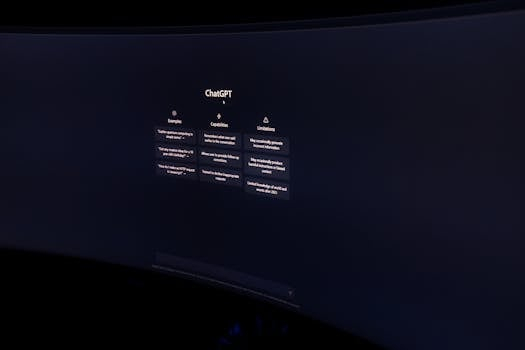AI Bias in Hiring Tools: Ensuring Fairness in Recruitment Tech
The rise of technology has seen significant changes in almost every aspect of our lives, including the recruitment process. With the traditional methods slowly becoming obsolete, organizations are turning to AI-powered hiring tools to streamline their recruitment processes and ensure better candidate selection. However, as much as these tools promise to make the process more efficient, there is a growing concern about AI bias and its impact on the fairness of recruitment. In this article, we delve into the issue of AI bias in hiring tools and explore ways to ensure fairness in recruitment tech.
The Problem with AI Bias in Hiring Tools
AI bias refers to the tendency of algorithm-based systems to favor or discriminate against a particular group of individuals based on their personal attributes. In the recruitment context, this means that AI-powered hiring tools can unintentionally discriminate against certain candidates, resulting in unfair hiring decisions. AI bias can manifest itself in various ways, affecting different stages of the recruitment process, from resume screening to candidate assessment.
The Impact of AI Bias on Recruitment
The use of AI in recruitment is meant to make the process more efficient and unbiased. However, studies have shown that AI-powered hiring tools can lead to biased outcomes that affect not only individual candidates but also organizations and society as a whole. Here are some of the ways AI bias in hiring tools can impact recruitment:
1. Gender and Racial Bias
One of the most commonly reported types of AI bias is gender and racial bias. Studies have shown that AI-powered hiring tools can be biased against women and people of certain races, resulting in lower chances of being selected for a job. For instance, a study by the National Bureau of Economic Research found that a popular AI recruiting tool showed bias towards men, even when there was no evidence of gender bias in the original resume data. This not only hinders diversity in the workplace but also perpetuates existing gender and racial inequalities.
2. Age Discrimination
Another issue with AI bias in hiring tools is age discrimination. By relying on a certain set of criteria to screen candidates, AI-powered hiring tools can disadvantage older job seekers who might not meet the specific requirements. This can result in a workforce that lacks diversity in terms of age, which is not only unfair but also hinders organizations from harnessing the full potential of workers from different age groups.
3. Bias in Skills and Qualifications
AI-powered hiring tools rely on algorithms to screen and assess resumes, which means they might not be able to consider the context behind certain skills and qualifications. For instance, a candidate who has taken a career break to focus on family might have gaps in their employment history, which could result in them being overlooked by AI-powered hiring tools. This can lead to skilled and qualified candidates being overlooked, solely based on the data used by the AI tools.
Ensuring Fairness in Recruitment Tech
As AI-powered hiring tools continue to be a popular choice for organizations, it is essential to address the issue of AI bias and ensure fairness in recruitment tech. Fortunately, there are steps organizations can take to minimize the impact of AI bias in their hiring processes.
1. Regular Auditing and Testing
Organizations should regularly audit and test their AI-powered hiring tools to identify any potential biases. This involves reviewing the algorithms used and the data fed into the system for any potential biases. If any biases are identified, they should be addressed and the tool retrained to ensure fairness.
2. Diverse Data Sets
One way to minimize AI bias is by using diverse data sets to train the algorithms. This involves feeding the system with data from a diverse pool of candidates, ensuring that the tool is exposed to different types of candidates with different backgrounds and qualifications.
3. Human Intervention
While AI-powered hiring tools can be efficient in screening and assessing candidates, organizations should not solely rely on them. Human intervention is necessary to ensure a fair and accurate recruitment process. This could involve reviewing the output of the AI tools and manually checking for any potential biases.
4. Transparency and Disclosure
Organizations should be transparent about their use of AI-powered hiring tools and disclose the criteria used to assess candidates. This not only promotes trust between candidates and the organization but also enables individuals to challenge any unfair hiring decisions.
In conclusion, while AI-powered hiring tools offer a more efficient and streamlined recruitment process, they also pose a threat of AI bias. Organizations should take proactive steps to address this issue and ensure fairness in their recruitment tech. By constantly reviewing and training their AI tools, using diverse data sets, involving human intervention, and promoting transparency, organizations can minimize the impact of AI bias and build a more diverse and equitable workforce.






